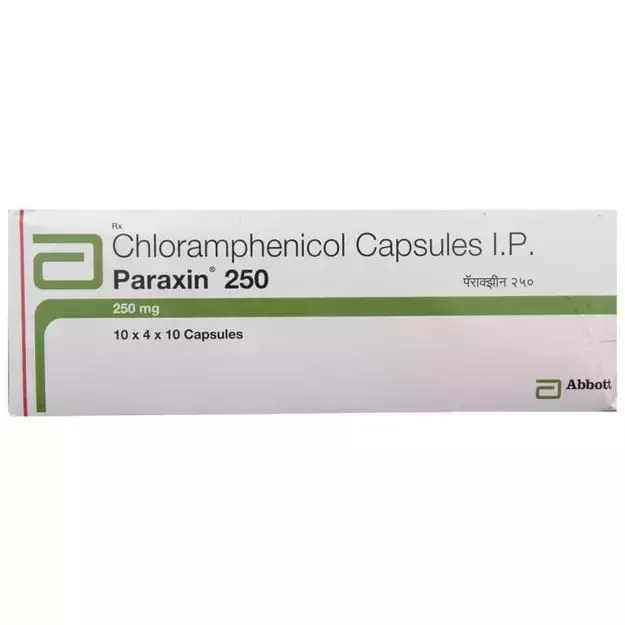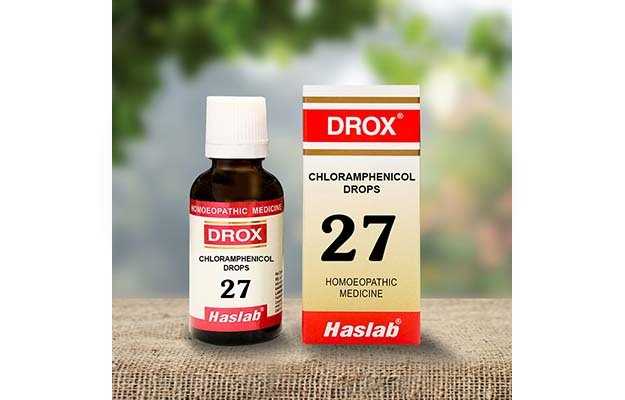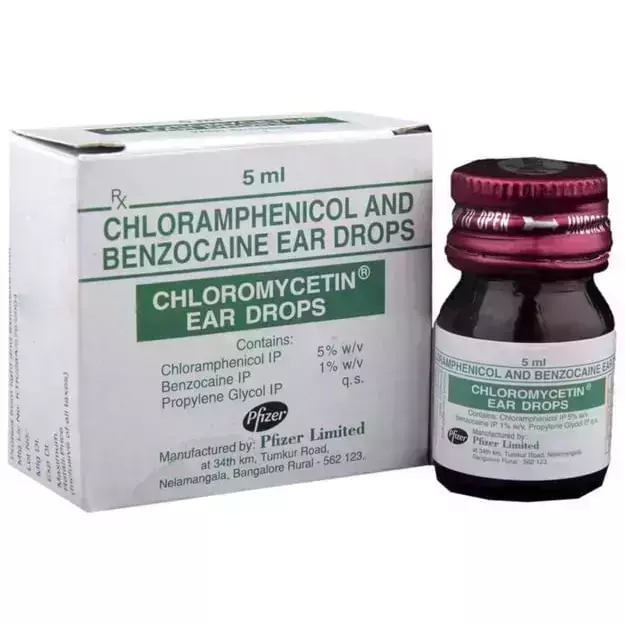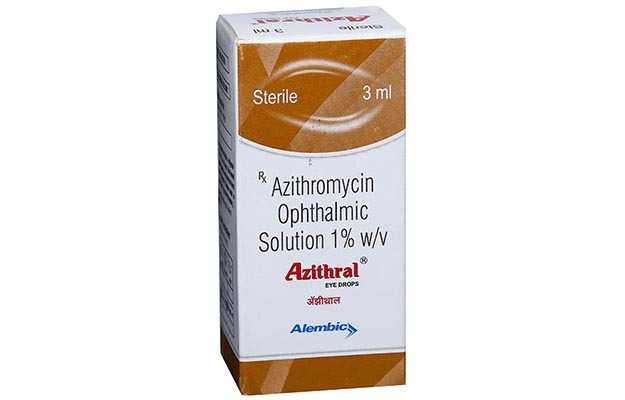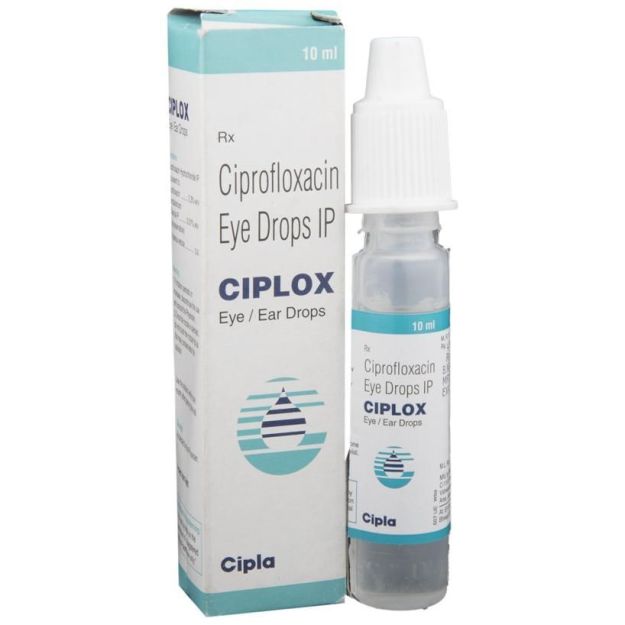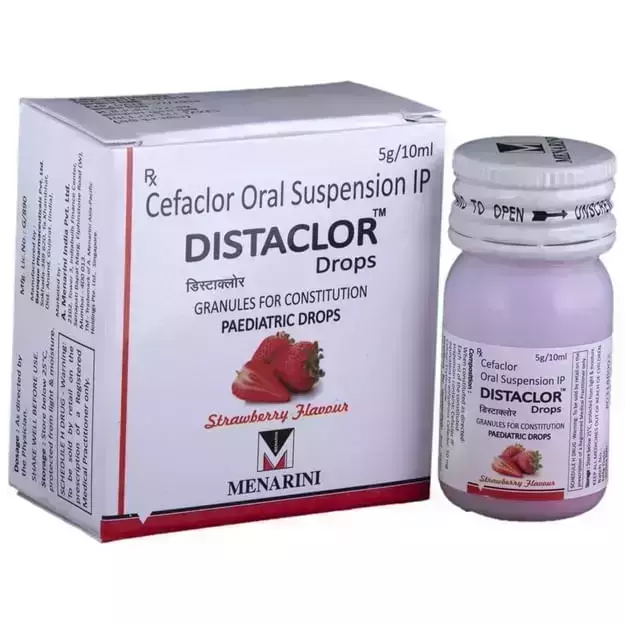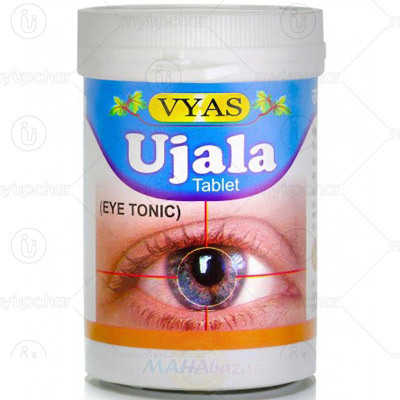Chlorocol Eye Drop, a prescription drug, is manufactured in various forms such as Drops. Primarily, it is used for the treatment of Bacterial Infections. Other than this, Chlorocol Eye Drop has some other therapeutic uses, which have been discussed ahead.
The optimal dosage of Chlorocol Eye Drop is largely dependent on the individual's body weight, medical history, gender and age. Individual symptoms and route of administration also determines the right dosage. This information has been provided in detail in the dosage section.
While these are the most often observed Chlorocol Eye Drop side effects, there are can be others also. These have been listed below. Normally, these side effects of Chlorocol Eye Drop are not long lasting and go away when the treatment is finished. Consult your doctor if these side effects become worse or stay for a longer duration.
In addition, Chlorocol Eye Drop's effect is Severe during pregnancy and Severe for lactating mothers. Warnings related to Chlorocol Eye Drop's effects on the liver, heart and kidney, if any, have been listed below.
Chlorocol Eye Drop can cause adverse effects in certain medical conditions. It is strongly recommended to avoid Chlorocol Eye Drop in conditions like Kidney Disease, Liver Disease. Other contraindications of Chlorocol Eye Drop have been discussed in the sections ahead.
Drug reaction of Chlorocol Eye Drop with other medicines has been reported. See below for a complete list.
In addition to these precautions, you may also note that Chlorocol Eye Drop is safe while driving, and is is addictive in nature.
X

